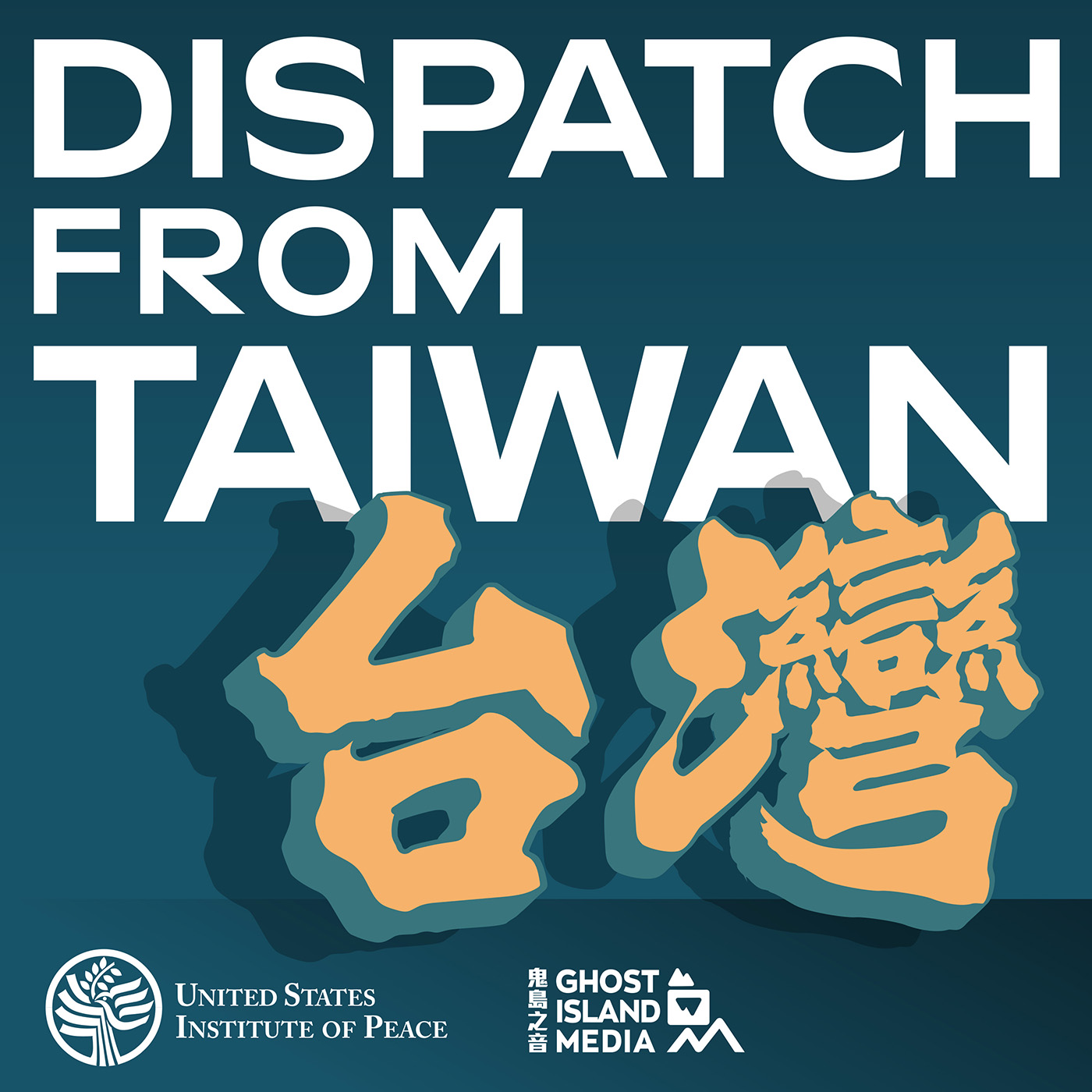Taiwan makes 65 percent of the world’s semiconductors and roughly 90 percent of the world’s most advanced computer chips — employing 2.5 percent of the local workforce and accounting for a staggering 15 percent of the island nation’s GDP in the process.
Taiwan’s semiconductor industry is so dominant that some think it might help deter a Chinese invasion. The thinking is that any attack on Taiwan would disrupt the global tech supply chain, so the world has a stake in peace across the Taiwan Strait.
In this episode of "Dispatch from Taiwan," we look at what’s known as the “silicon shield,” its history, its substance, and how Taiwanese citizens view this critical industry. Most importantly, what’s the next big thing?
This episode includes views from Jeremy Huai-Che Chiang from Foundation for Future Generations, Paul Huang from LoFTechnology, Daniel Lin from Creative Ventures, Tina Cheng from Cherubic Ventures, and Taipei-based accountant Julia Pan and software engineer Lance Chang.
Correction: An earlier version of this episode incorrectly stated that around 300,000 people in Taiwan work at TSMC. A corrected version of the episode is now posted without the erroneous line.
Views in the podcast do not reflect those of the United States Institute of Peace and Ghost Island Media.
For more: https://www.usip.org/publications/2024/01/silicon-shield-looking-beyond-semiconductors

From 1945 to 1949, an estimated million-plus people from China arrived in Taiwan. The newcomers joined an existing population of 6 million, significantly changing...

Taiwan elects a new president on January 13, 2024. Peace across the Taiwan Strait is on people’s minds, but where the candidates and their...

“Dispatch from Taiwan,” a podcast by USIP and Taiwan-based Ghost Island Media, delves into the policy debates within Taiwan that could have implications for...